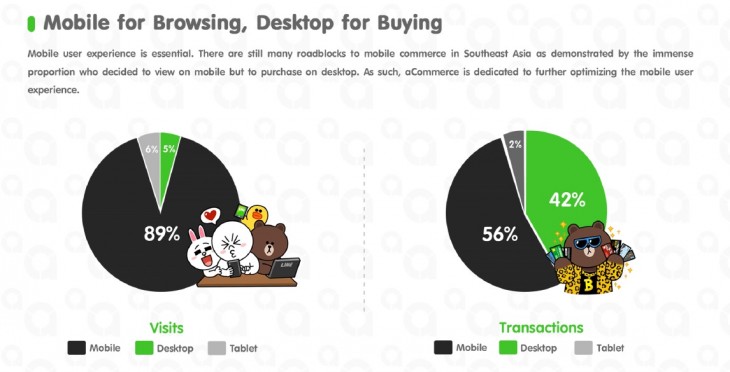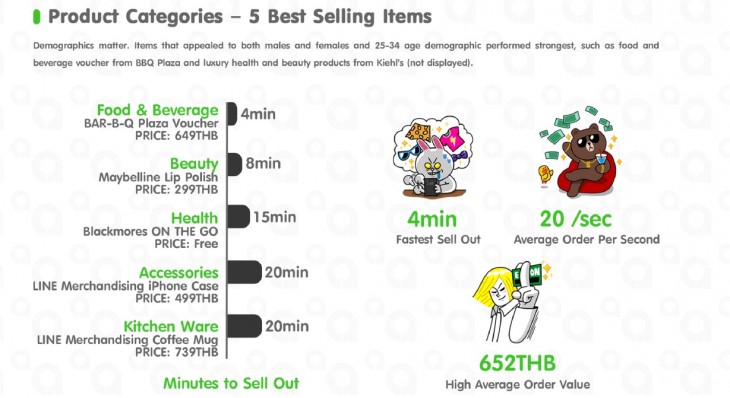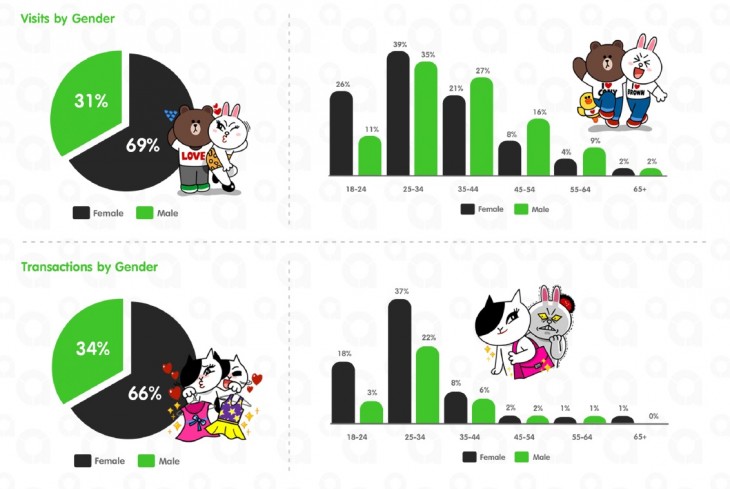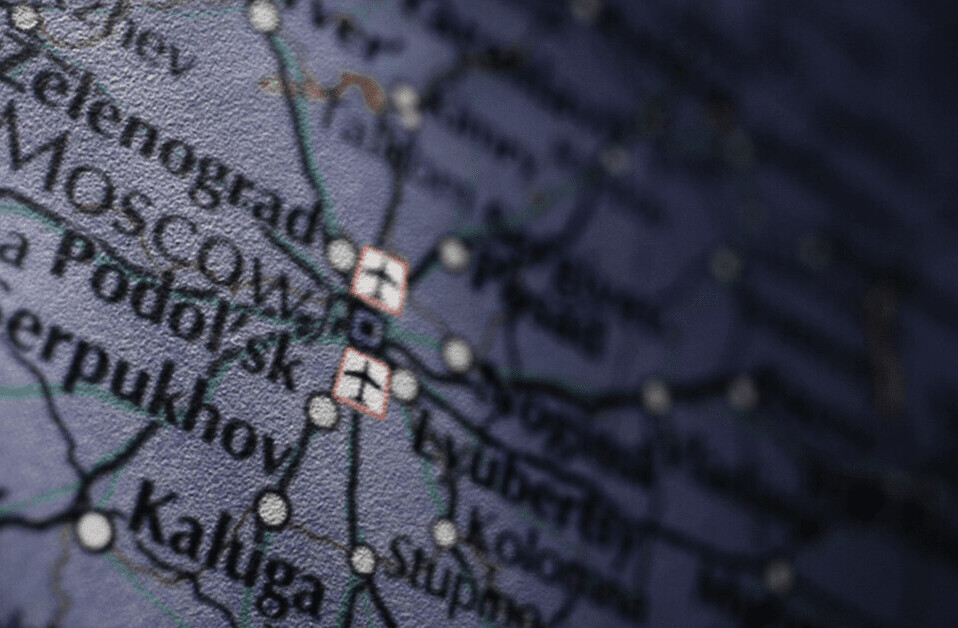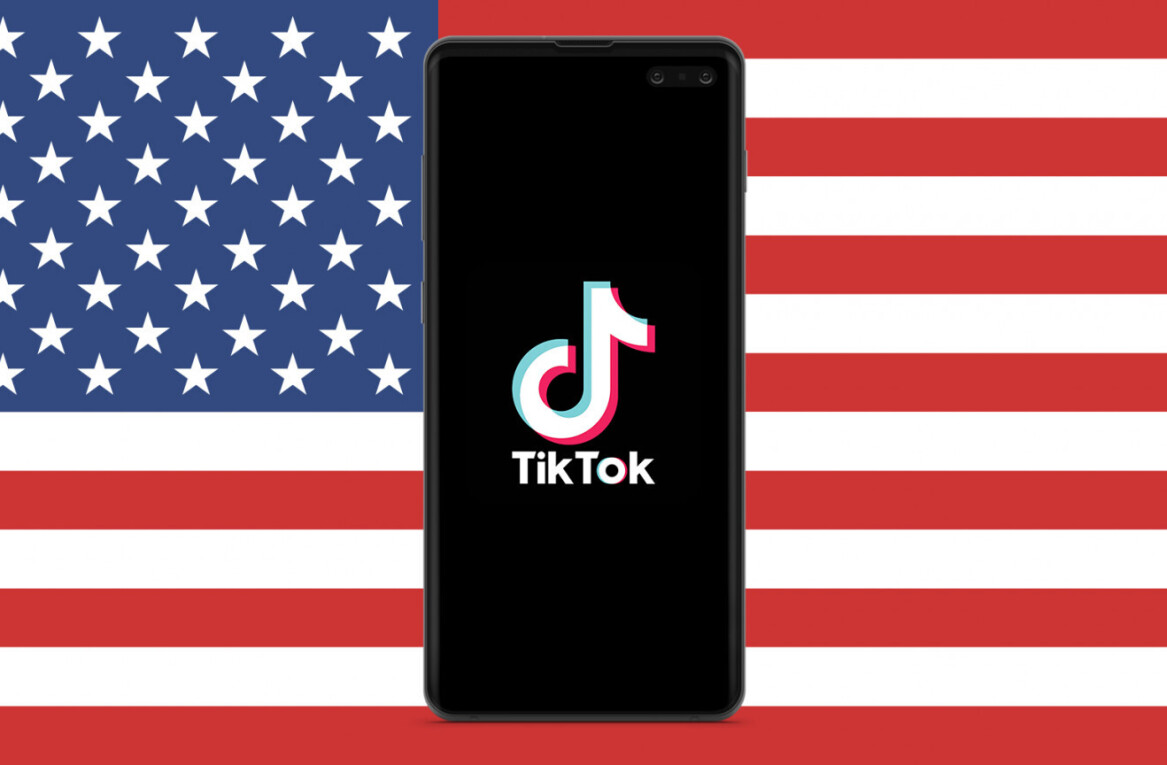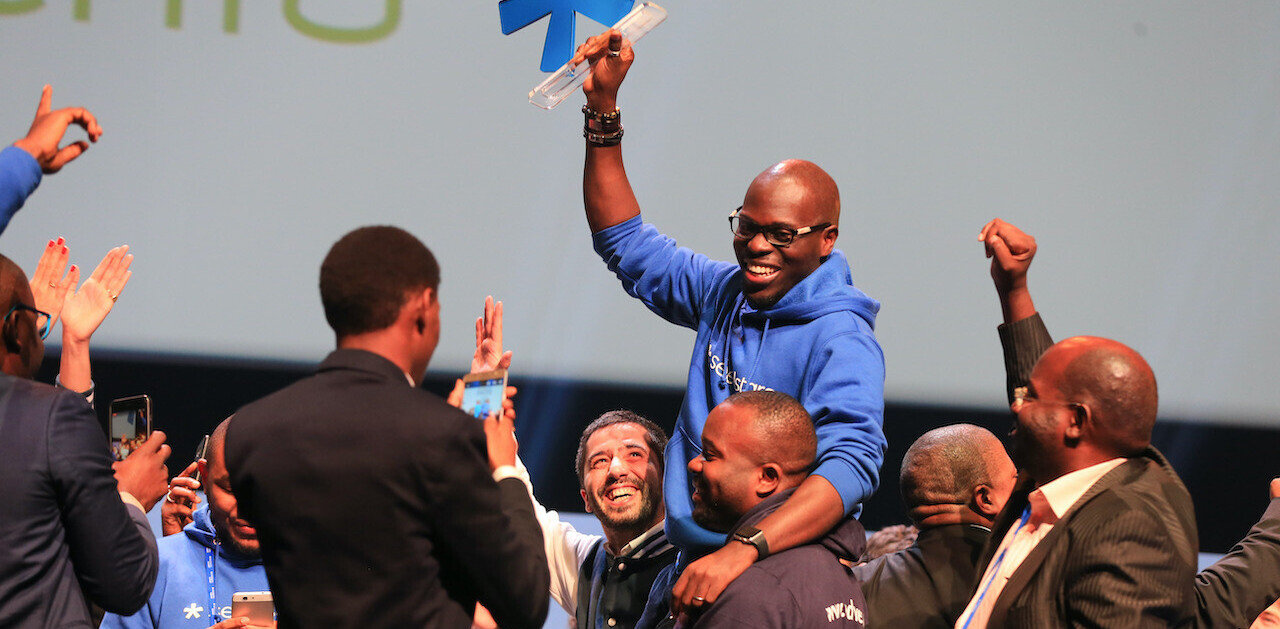
There’s plenty of chatter that mobile is the key platform for emerging markets and while it is true that mobile adoption is growing, it isn’t yet the dominant place for online commerce, according to new data. Messaging app Line began hosting flash sales for consumer brands back in December, and initial information from its pilot program in Thailand shows m-commerce is promising but has room to grow.
The information has been released by aCommerce — the startup working with Line, which we profiled recently. Line has run six flash sales in Thailand. On each occasion, details of the product(s) on sale are sent to the 5.5 million users who have opted in to follow the flash sales Line account.
(That latter figure is particularly impressive since Line claims around 20 million registered users in Thailand, a sizable chunk of the 65 million population.)
Perusing the data, the most pertinent take-away is that 42 percent of sales were made to customers who used a PC, despite just 5 percent of customers viewing the flash sales offers from Line’s desktop client. That suggests that many users were compelled to get more information from their computer — and lose the constraints of mobile browsing — perhaps for more details on the product or competing prices.
It also challenges the belief that mobile commerce is already ahead of e-commerce. That’s something that could well happen in the future, as smartphone uptake continues to grow, but it isn’t the reality right now.
Sheji Ho, regional CMO at aCommerce, points out that more expensive items sold well. Though the data doesn’t break down purchase value based on sales from PC or mobile, it seems likely that many customers buying higher priced goods would have done so from their PC, whereas smaller ticket items were more spontaneously bought via the Line mobile app.
That’s backed up by the fact that more expensive product categories took longer to sell out — in other words, people take less time to justify or think over a small purchase, which is what you would expect.
Ho believes that cash on delivery, though a much-criticized (but overwhelmingly the most-used) payment system in Southeast Asia, was actually beneficial for big ticket items:
What was most surprising to us was how well high price point items sold. We believe this is driven by the fact that customers have the option to pay via cash on delivery (COD) which reduces the perceived risk for the customer and also enables brands to target customers in regions with lower credit card penetration.
Also interesting: nearly half of the orders were from outside of capital city Bangkok (43 percent), an overwhelming 70 percent of mobile-based transactions came from iPhones, while females and young users were more likely to buy:
Get the TNW newsletter
Get the most important tech news in your inbox each week.
